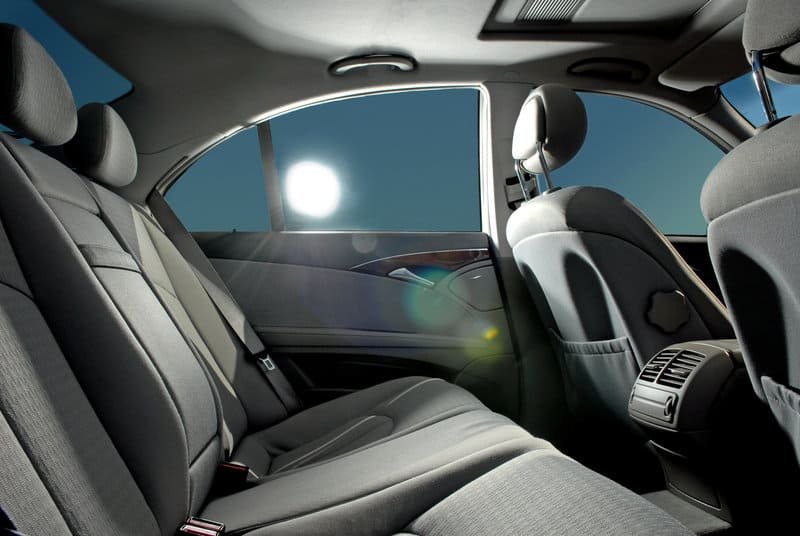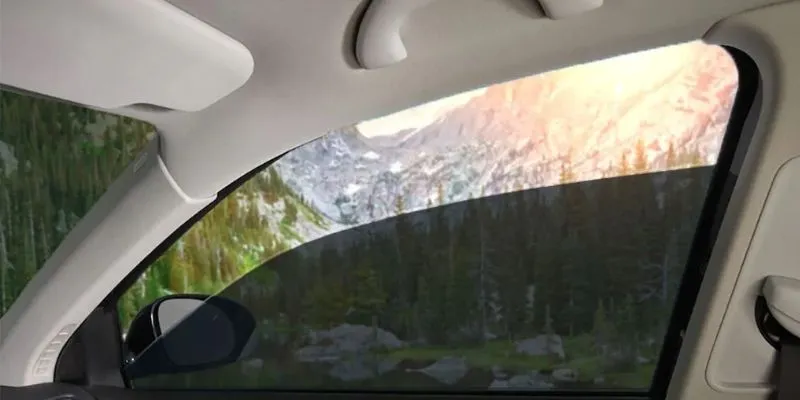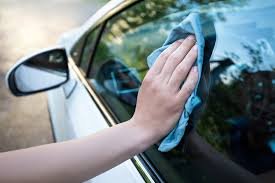As temperatures rise, stepping into a sweltering car can feel like entering an oven. The heat build-up inside a vehicle parked in the sun isn’t just uncomfortable—it can damage interior materials, affect electronic components, and pose health risks, especially to children and pets. If you’re searching for an effective and long-term solution, auto window tint is more than just a cosmetic upgrade. It’s a powerful tool for improving thermal comfort and reducing heat accumulation.
But how exactly does auto window tint work to keep your car cooler? In this comprehensive guide, we explore the science behind window tint heat rejection, the types of films available, their efficiency, legal considerations, and why investing in professional tinting is one of the smartest choices for any vehicle owner.
Understanding the Science Behind Heat Build-Up in Your Car
To understand how auto window tint reduces heat, we first need to look at how heat builds up in your car. When sunlight enters through your vehicle’s windows, it carries three types of electromagnetic radiation: visible light, ultraviolet (UV) rays, and infrared (IR) radiation. UV rays are responsible for fading interiors and skin damage, while IR radiation is what causes the actual sensation of heat.
Your car’s interior, particularly darker surfaces like dashboards and seats, absorbs this solar energy and re-emits it as infrared radiation. Since glass traps this heat inside the cabin, it causes a greenhouse effect, raising interior temperatures by 30°F to 50°F higher than the outside temperature in just 15 to 30 minutes.
How Auto Window Tint Blocks Heat-Causing Radiation
Modern auto window tint technology is engineered to combat the effects of solar heat by filtering or reflecting specific wavelengths of solar energy—primarily infrared and UV rays. High-quality window films are designed to reject infrared heat by up to 98% and block 99% of harmful UV radiation.
Infrared rejection plays the biggest role in temperature control. When sunlight hits a tinted window, the film either absorbs or reflects the IR radiation, reducing the amount that enters the cabin. Simultaneously, UV-blocking agents in the film prevent skin damage and fading of upholstery and dashboard materials.
What’s remarkable is that some advanced films, like ceramic window tint, can achieve superior heat rejection even at lighter tint levels, allowing drivers to maintain high visibility while still staying cool.
The Role of Visible Light Transmission (VLT) in Heat Reduction
Window tint is categorized by its Visible Light Transmission (VLT) percentage—the amount of visible light that can pass through the film. While VLT affects glare and brightness, it also has a secondary effect on heat. Lower VLT (darker tint) can reduce glare and solar brightness, but it’s the IR rejection rate that primarily dictates how well a tint film performs in hot conditions.
For instance, a 50% VLT ceramic tint can block more heat than a 5% VLT dyed film because it targets infrared wavelengths more effectively. That’s why not all dark films are equally effective at cooling your vehicle. When choosing a film for heat control, focus on specifications like Total Solar Energy Rejected (TSER) and Infrared Rejection (IRR), not just darkness.

Types of Auto Window Tints and Their Heat-Blocking Performance
Auto window tints come in several types, each offering different levels of heat rejection, durability, and price points. Here’s how they compare in terms of heat control:
Dyed Window Tint is the most affordable option, using a dyed layer to absorb solar heat and reduce glare. However, it offers minimal IR rejection and fades over time, making it less effective in extreme heat.
Metalized Window Tint incorporates tiny metallic particles that reflect heat and UV rays. It’s more effective than dyed film, but it can interfere with GPS, radio, and cell signal reception.
Carbon Window Tint uses carbon particles that block infrared heat without signal interference. It also maintains its appearance longer and provides a matte black finish.
Ceramic Window Tint is the most advanced and effective type. Made from non-metallic, non-conductive ceramic particles, it blocks up to 98% of infrared heat and 99% of UV radiation. Ceramic tint also maintains excellent clarity, making it ideal for drivers who prioritize both performance and aesthetics.
The Benefits of Reduced Heat Build-Up with Auto Window Tint
By reducing interior temperatures, auto window tint offers more than just comfort—it delivers tangible, long-term benefits that enhance your driving experience and protect your investment.
One of the most noticeable benefits is cooler cabin temperatures, which significantly reduce the reliance on air conditioning. This, in turn, improves fuel efficiency and reduces engine load, especially during stop-and-go traffic on hot summer days.
Another critical advantage is interior preservation. Constant exposure to UV rays and high heat can crack dashboards, fade leather and upholstery, and warp plastic components. High-quality window film extends the life of these materials, helping your vehicle maintain its appearance and resale value.
Furthermore, window tint enhances safety. It reduces sun glare, improves driver visibility, and strengthens the glass in case of impact. Some films are also shatter-resistant, offering added protection during accidents or break-ins.

Window Tinting Laws: Stay Cool and Stay Compliant
While reducing heat is a major benefit, it’s important to ensure your tint complies with local regulations. In California, for example, front side windows must allow more than 70% VLT, while rear windows can be tinted more heavily. Windshield tinting is generally restricted to the top 4 inches (visor strip), although clear ceramic films with high IR rejection are sometimes allowed for UV protection.
Violating tint laws can result in fines, inspection failures, or orders to remove illegal film. Always choose a reputable window tinting service that understands and follows state-specific regulations. Certified installers can help you select a film that balances heat rejection with legal compliance.
Professional Installation vs. DIY: Why Expertise Matters
Though DIY window tint kits are widely available, professional installation ensures maximum effectiveness and longevity. Experts use precision tools to avoid bubbles, creases, and misalignment. More importantly, they can install high-end films that are not available through consumer retail channels.
Professionally applied tint is also more durable, often backed by manufacturer warranties for peeling, fading, or bubbling. When properly installed, high-performance window tint can last 10 years or more, providing a solid return on investment in both comfort and cost savings.
Conclusion: Beat the Heat with High-Performance Auto Window Tint
window tint is more than a cosmetic enhancement—it’s a scientifically proven method for reducing heat build-up, protecting your car’s interior, and improving your overall driving experience. From blocking infrared radiation to preserving your vehicle’s value, the benefits are substantial and long-lasting.
If you live in a warm climate like San Diego or El Cajon, investing in high-quality tint, especially ceramic or carbon options, can dramatically lower interior temperatures and reduce the strain on your vehicle’s cooling system. Always work with a trusted, local auto window tinting service to ensure the job is done right, with performance, compliance, and comfort in mind.






